Spring Equinox
/Today is the Spring/March Equinox. Officially at 2:38am on Saturday March 20, 2021 in Kelowna, this is the start of spring according to the astronomical seasons.
So what exactly happened at 2:38am?
The sun shone directly on the equator, and today is when the length of night and day are nearly equal across the globe.
What is the difference between ASTRONOMICAL and METEOROLOGICAL seasons?
Meteorological seasons are based on the annual temperature cycle, and astronomical seasons are based on the position of Earth in relation to the sun.
Start of Meteorological Seasons:
Spring: March 1
Summer: June 1
Fall: September 1
Winter: December 1
Start of Astronomical Seasons (varies by year):
Spring Equinox: March 20 to 22
Summer Solstice: June 20 to 22
Fall Equinox: September 20 to 22
Winter Solstice: December 20 to 22
Cheers to longer and warmer days ahead for us here in the Northern Hemisphere! Who’s ready for more sun?



